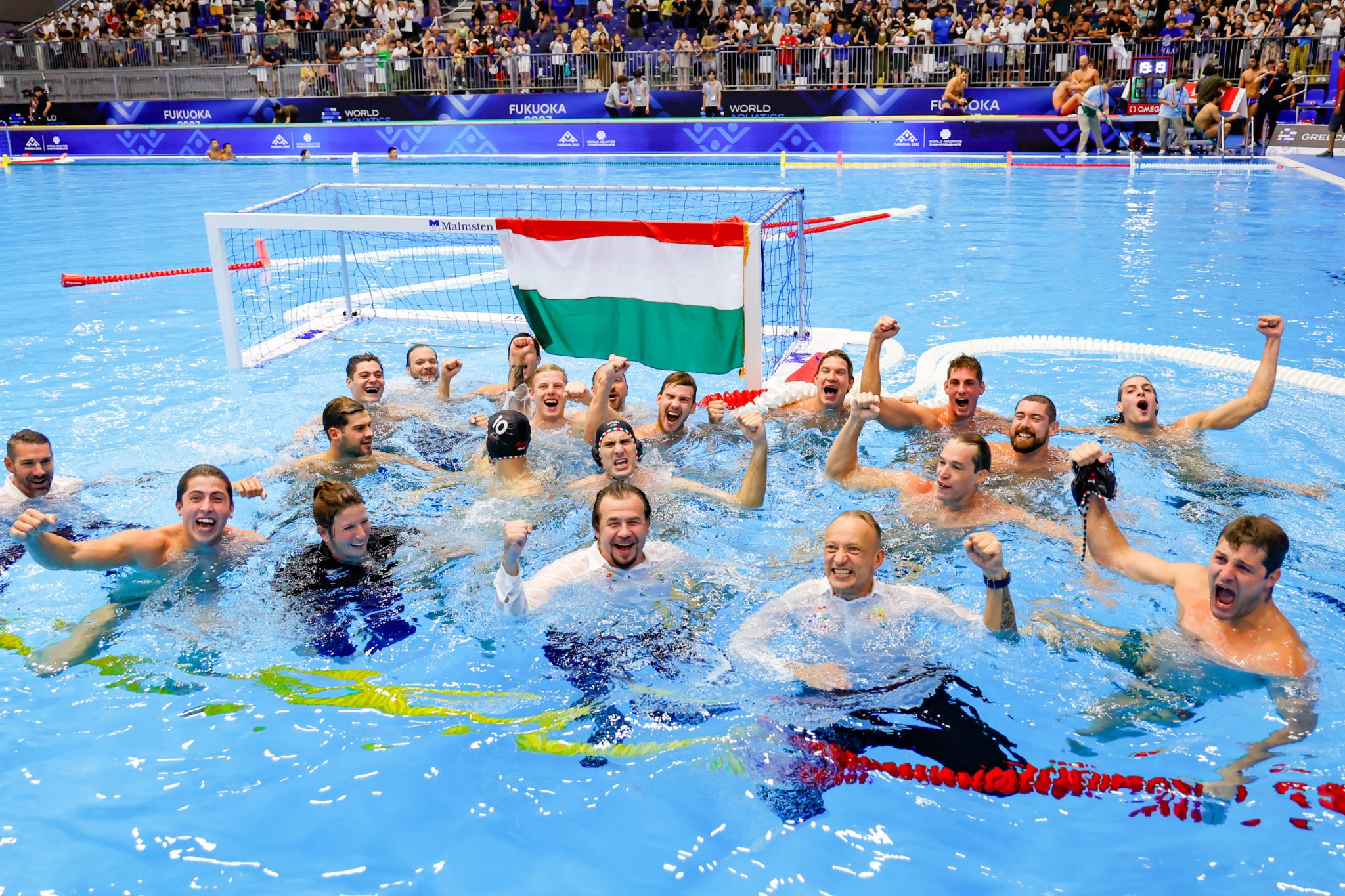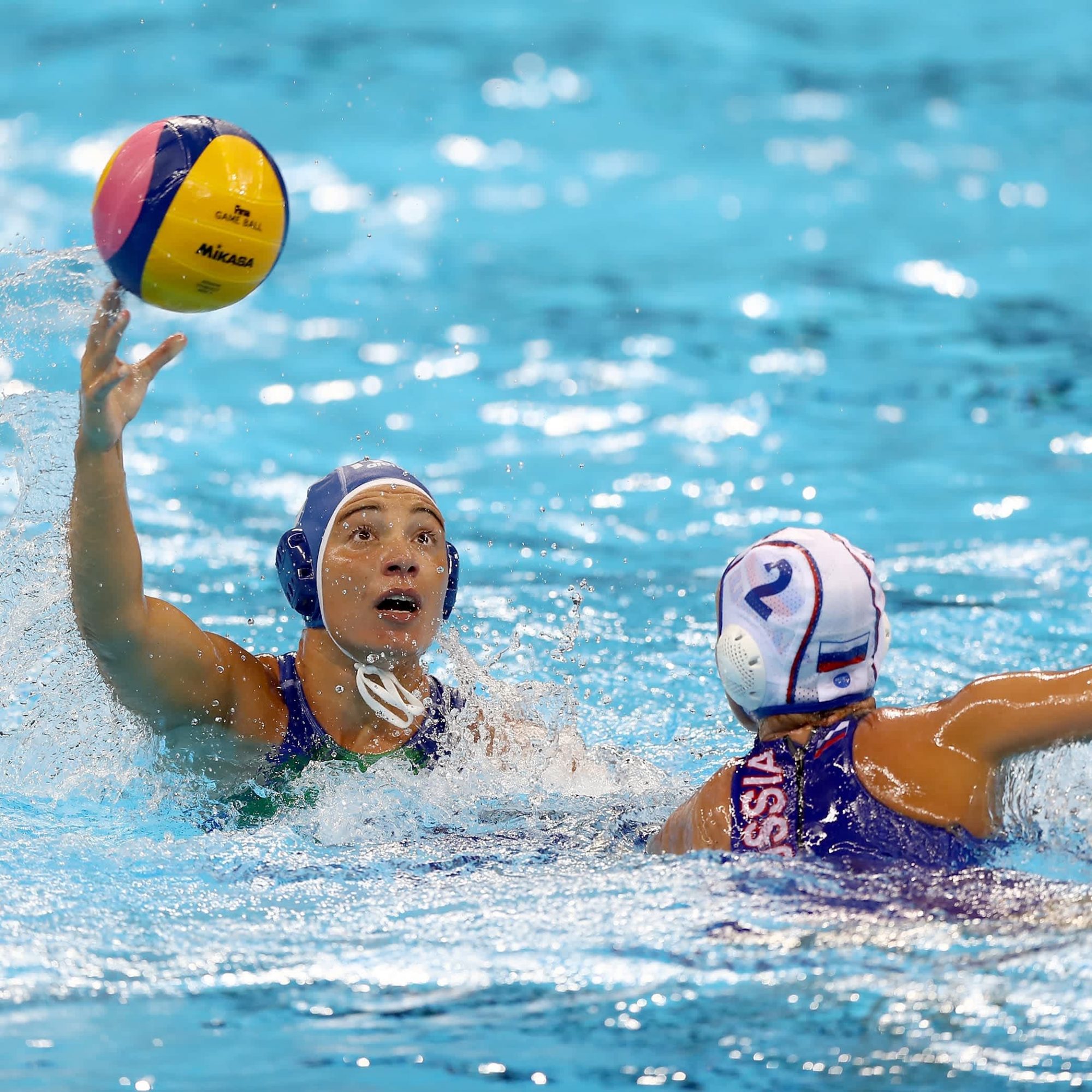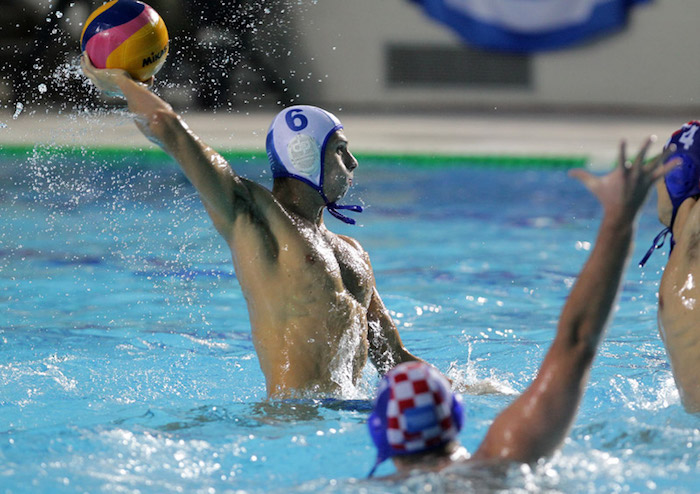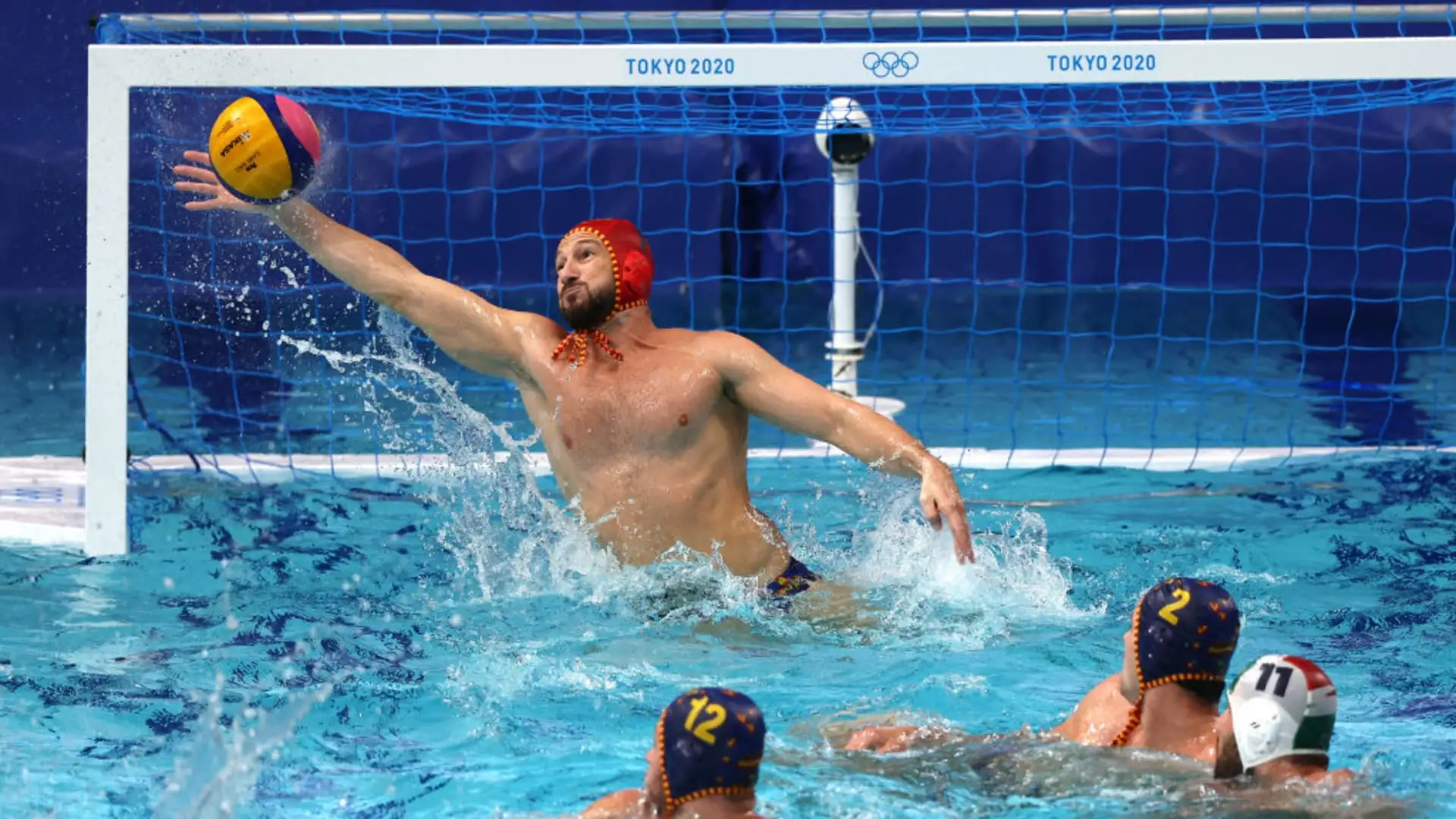The Exciting World of Water Polo
Water polo, often regarded as one of the most demanding aquatic sports, combines elements of swimming, soccer, and basketball into a high-energy, team-based competition. This thrilling sport has captured the hearts of many athletes and fans around the world, thanks to its unique challenges and the skills required to excel. This article will explore the history, rules, gameplay strategies, training regimens, and the global landscape of water polo.
1. History of Water Polo

Water polo's roots can be traced back to the late 19th century in England. Originally played as a form of rugby in water, the sport underwent significant changes to establish the rules and structure we recognize today. The first recorded water polo match took place in 1870, and by 1900, water polo was included in the Olympic Games in Paris, marking its international debut.
Initially, water polo was a men’s sport, but the inclusion of women’s water polo in the 2000 Sydney Olympics marked a significant milestone for gender equality in athletics. Over the years, various countries have dominated the sport, with Hungary, Italy, and the United States emerging as powerhouses.
2. Rules of Water Polo

Water polo is played in a rectangular pool, typically 30 meters long and 20 meters wide, with a depth of at least 1.8 meters. Each team consists of seven players: six field players and one goalkeeper. The objective is to score by throwing the ball into the opposing team's goal.
Key Rules Include:
Game Duration: A standard match consists of four quarters, each lasting eight minutes. However, the clock stops for stoppages, which can extend the duration significantly.

Scoring: A goal is awarded when the entire ball crosses the goal line, similar to soccer.
Fouls and Exclusions: Players can be excluded for committing major fouls, resulting in a 20-second penalty during which the team plays with one less player. Minor fouls may lead to free throws.

Shot Clock: Teams have 30 seconds to attempt a shot after gaining possession, promoting aggressive play.
3. Gameplay and Strategies
Water polo requires a combination of swimming skills, strategic thinking, and teamwork. Players must be proficient swimmers, as they often tread water using the eggbeater kick, which allows them to maintain a vertical position while conserving energy.

Strategic Elements:
Offensive Play: Teams use various formations to create scoring opportunities. This includes passing, movement without the ball, and employing plays to confuse the defense.
Defensive Tactics: Teams may use man-to-man marking or zone defense, emphasizing communication and teamwork to defend effectively.
Counterattacks: Quick transitions from defense to offense can catch opponents off guard, resulting in easy scoring opportunities.
4. Training and Preparation
Training for water polo involves a rigorous combination of swimming, strength training, and tactical drills. Players must develop endurance, flexibility, and explosive power to excel in the sport.

Training Regimen:
Swimming Drills: Players focus on improving their swimming speed and endurance through various drills.
Strength Training: Dryland workouts, including weightlifting and cardio, help build the muscle necessary for the sport.
Tactical Training: Coaches implement drills that mimic game scenarios to improve players’ decision-making and teamwork.

5. The Global Water Polo Scene
Water polo has a vibrant international presence, with numerous competitions held globally. Major tournaments include the FINA World Championships, European Championships, and the Olympic Games. Historically, teams from Hungary, Serbia, and Italy have dominated the sport, producing world-class athletes.
Hungary: Known for its rich water polo tradition, Hungary has won numerous Olympic gold medals and continues to produce elite players.
USA: The USA men’s and women’s teams have gained prominence, with the women’s team winning gold at the 2012 and 2020 Olympics.

Australia: The Australian women’s team has also excelled, known for their speed and tactical approach, securing medals in various international competitions.
6. Water Polo's Cultural Impact
Water polo transcends the boundaries of sport, fostering community engagement and promoting teamwork. Local clubs and organizations often run programs to introduce the sport to younger generations, ensuring its growth and sustainability.
The sport has inspired various forms of media, including films and documentaries, reflecting its unique blend of athleticism and strategy. Its exciting nature captivates audiences, making it an exhilarating spectacle to watch.

7. Conclusion
Water polo is an exhilarating sport that combines speed, strategy, and teamwork, making it one of the most demanding athletic competitions. With its rich history, detailed rules, and dynamic gameplay, it offers both players and spectators a unique experience. As water polo continues to grow globally, it remains a testament to the spirit of competition and camaraderie.
For those interested in diving deeper into the world of water polo, numerous resources, including the FINA website and national governing bodies, provide valuable information on rules, training, and competitions. Whether you’re a player, coach, or fan, water polo offers an exciting journey filled with passion and dedication.

8. Key Players and Legends of Water Polo
Throughout the history of water polo, several athletes have left an indelible mark on the sport, both through their incredible skills and their contributions to raising its profile globally.
Tamas Kasas: A Hungarian player known for his outstanding goal-scoring ability, Kasas played a crucial role in Hungary's dominance in the sport during the late 20th century. He is celebrated for his strategic thinking and technical skills, earning numerous accolades throughout his career**: A prominent figure in American water polo, Azevedo has been pivotal in raising the sport's profile in the U.S. Known for his leadership and skill, he played in four Olympic Games and was a key player in the USA's silver medal win in 2008.







